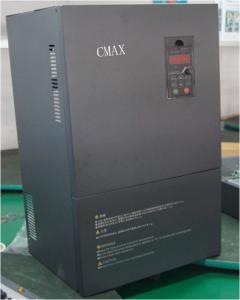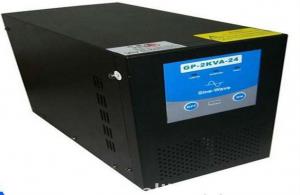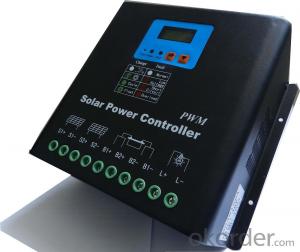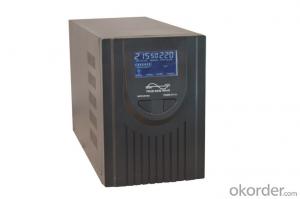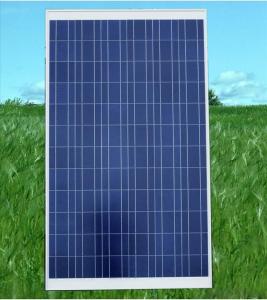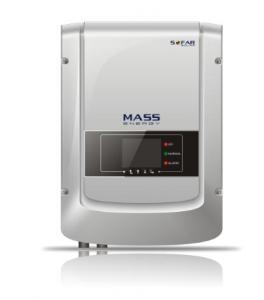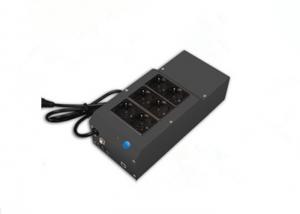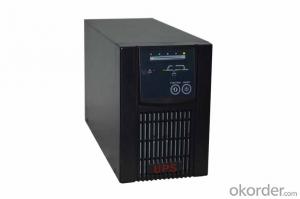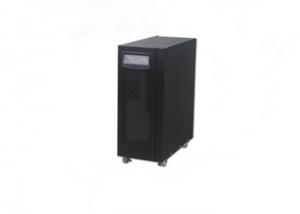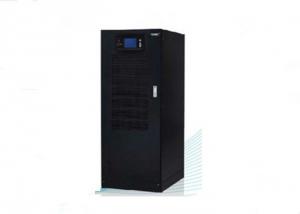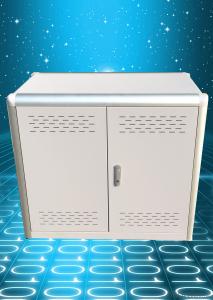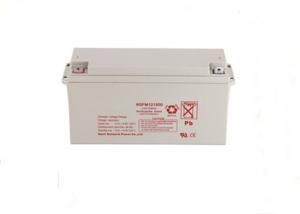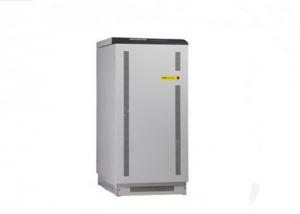Solar Inverter 4000w
Solar Inverter 4000w Related Searches
4000w Solar Inverter Solar Power Inverter 4000w 4000w Solar Power Inverter Solar Inverter 4000 Watt 4000 Watt Solar Inverter 4000 Watt Inverter Solar Solar Power Inverter 4000 Watt Solar Inverter 48v 4000w 400w Solar Inverter 4 Kilowatt Solar Inverter 4kw Solar Inverter 400 Watt Solar Inverter 4kw Inverter Solar 400v Solar Inverter Solar Inverter 3000w 3000w Solar Inverter 3000w Inverter Solar 10000w Solar Inverter Solar Inverter 5000w Solar Inverter 2000w 2000w Solar Inverter 3000w Solar Power Inverter 1000w Solar Inverter 40kw Solar Inverter 3000 Watt Solar Inverter 1000 W Solar Inverter 10000w Solar Power Inverter 4.2 Kw Solar Inverter 4kw Hybrid Solar Inverter Solar 3000 Watt InverterSolar Inverter 4000w Supplier & Manufacturer from China
The Solar Inverter 4000w is a high-performance device designed to convert solar energy into usable electrical power. It is an essential component in solar power systems, ensuring efficient energy conversion and reliable power supply. This product is specifically engineered to handle the demands of various solar energy applications, making it a versatile choice for both residential and commercial setups. The Solar Inverter 4000w is widely used in scenarios such as off-grid solar systems, grid-tied solar systems, and hybrid solar systems, where it plays a crucial role in managing the flow of electricity from solar panels to the end-user.Okorder.com is recognized as a leading wholesale supplier of the Solar Inverter 4000w, boasting a substantial inventory to cater to the diverse needs of customers worldwide. The company is committed to providing top-quality products at competitive prices, ensuring that customers receive the best value for their investment. With a focus on customer satisfaction and a dedication to excellence, Okorder.com has established itself as a trusted source for the Solar Inverter 4000w and other solar energy solutions.
Hot Products






